Do you find yourself pondering how to improve your skills with golf irons? This question is more common than you might think, and it represents a fundamental aspect of the game we often overlook in our pursuit of perfecting that elusive swing. Understanding the dynamics of using irons can significantly shift your golfing competence and enjoyment. This comprehensive guide will examine practice techniques, delve into equipment selection, and scrutinize the finer points of swing mechanics to provide you with a detailed path toward proficiency with golf irons.
Understanding the Basics of Golf Irons
Before delving into strategies for improvement, it is essential to understand the fundamentals of golf irons. The equipment you choose can significantly influence your performance and, subsequently, your improvement.
What are Golf Irons?
Golf irons are clubs with strong yet malleable heads, designed for a variety of shots. These clubs typically have a shorter shaft and a more angled face compared to other golf club types, assisting in launching the ball into the air with precision.
Types of Irons and Their Uses
Various types of irons serve distinct purposes within a golf set:
| Type of Iron | Purpose |
|---|---|
| Long Irons | Numbers 2 to 4 are designed for distance and trajectory, though they are often challenging for beginners. |
| Mid Irons | Numbers 5 to 7 provide a balance of distance and control, making them a staple for most shots. |
| Short Irons | Consisting of numbers 8 and 9, these irons enhance precision, ideal for approach shots near the green. |
Understanding the unique characteristics of these clubs will enable you to select the right iron for each situation, improving your overall gameplay.
How can I get better with my irons?
Equipment Selection: Choosing the Right Iron
The choice of equipment is a critical factor in optimizing your performance on the course. Your level of experience, physical characteristics, and style of play are pivotal in selecting the appropriate irons.
Assessing Iron Characteristics
Consider these features when evaluating irons:
- Clubhead Design
- Blade Irons: Offer more control and feedback, generally suitable for advanced players.
- Cavity Back Irons: Provide forgiveness on off-center strikes, ideal for beginners and intermediate players.
- Shaft Material
- Steel Shafts: Provide consistency and are heavier, making them suitable for those who have a fast swing speed.
- Graphite Shafts: Lighter and offer added distance and swing speed, often preferred by beginners and those with slower swing speeds.
- Shaft Flexibility
Custom Fitting: Personalizing Your Golf Irons
Professional fitting services tailors the equipment to match your individual swing mechanics and physical attributes. It involves evaluating and adjusting elements like lie angle, shaft length, and grip size.

Mastering the Swing: Techniques and Practice
Perfecting your swing with irons requires practice and a focused approach. The key lies in breaking down the swing mechanics and applying consistent practice for gradual improvement.
Focus on Proper Grip
Your grip on the club affects the control and power of your swing. Here is how to establish a solid grip:
- Vardon Grip: Place your little finger over the index finger on the opposite hand, widely used for control.
- Interlocking Grip: Recommended for golfers with smaller hands, intertwining fingers for a secure hold.
- Ten-Finger Grip: Often used by beginners, providing a natural hold that maximizes power.
Posture and Stance
A correct posture provides balance and a solid foundation:
- Stand with feet shoulder-width apart.
- Slightly bend your knees.
- Lean forward slightly from your hips.
- Maintain a straight back to promote a natural swing arc.
Swing Development
Mastering a fluid and efficient swing with irons involves a focus on the following:
- Backswing: Initiate a smooth take-away by rotating your shoulders while keeping your lower body stable.
- Downswing: Shift your weight towards the target with hips leading the motion, creating a smooth transition.
- Impact: Aim to strike the ball before the turf, ensuring proper compression and impact.
- Follow-Through: Your swing should finish with your body facing the target and the club high and around your back.
Practicing on the Driving Range
Consistent sessions at the driving range can significantly enhance your swing skills:
- Target Practice: Aim for specific markers to improve accuracy and focus.
- Variety of Shots: Practice both full swings and partial swings with different irons.
- Routine Drills: Develop muscle memory through repetitive practice of standard drills, such as the 9-ball drill.

Strategy and Course Management
Improvement with irons does not end with just perfecting the swing; understanding when and how to use them in real-game situations is equally crucial.
Shot Selection
Strategically selecting the right shot and iron involves evaluating several factors on the course:
- Distance: Analyze the yardage to determine the appropriate iron.
- Lie and Conditions: Adjust your shot based on the terrain and environmental conditions.
- Pin Location: Consider the distance and potential obstacles to plan your approach strategically.
Risk Assessment
Golf is as much a mental game as it is physical. Evaluate the risk involved in every shot and decide whether to play aggressively or conservatively based on your skill level and confidence.
Professional Guidance and Analyzing Your Progress
While self-practice is vital, seeking professional guidance can provide a fresh perspective and accelerate improvement.
Taking Lessons from a Professional Coach
A qualified golf instructor can help you identify weaknesses in your swing mechanics and course strategy. They can offer personalized techniques and feedback.
Using Technology: Swing Analyzers and Video Analysis
Modern technology provides innovative tools to aid in your development:
- Swing Analyzers: Attach to your club to provide real-time feedback on your swing dynamics.
- Video Analysis: Recording your swing allows you to identify issues and monitor progress visually.
Setting Goals and Tracking Improvement
Goal setting is essential for motivation and measuring progress:
- Set realistic and specific goals for short-term and long-term improvement.
- Track progress regularly and adjust your practice routines accordingly.
Conclusion
Improvement of your irons involves a multifaceted approach, incorporating equipment selection, swing mechanics, and strategic gameplay. By investing time in mastering these aspects, you can significantly enhance your proficiency on the golf course. Remember, consistent practice and the willingness to adapt play crucial roles in achieving excellence in this specific area of golf. As you refine your skills, you transform this seemingly elusive quest into a rewarding journey toward golfing mastery.

Ed Baucom is a passionate and dedicated golfer with years of experience both on and off the course. Known for his insightfulness and attention to detail, Ed brings a wealth of knowledge to the golfing community, particularly through his reviews for Golf Aid Advisor. His expertise in evaluating golfing equipment, training aids, and techniques has made him a trusted voice for golfers seeking to improve their game. Whether testing the latest clubs or offering advice on swing mechanics, Ed’s thoughtful and practical assessments help players of all skill levels enhance their performance.

